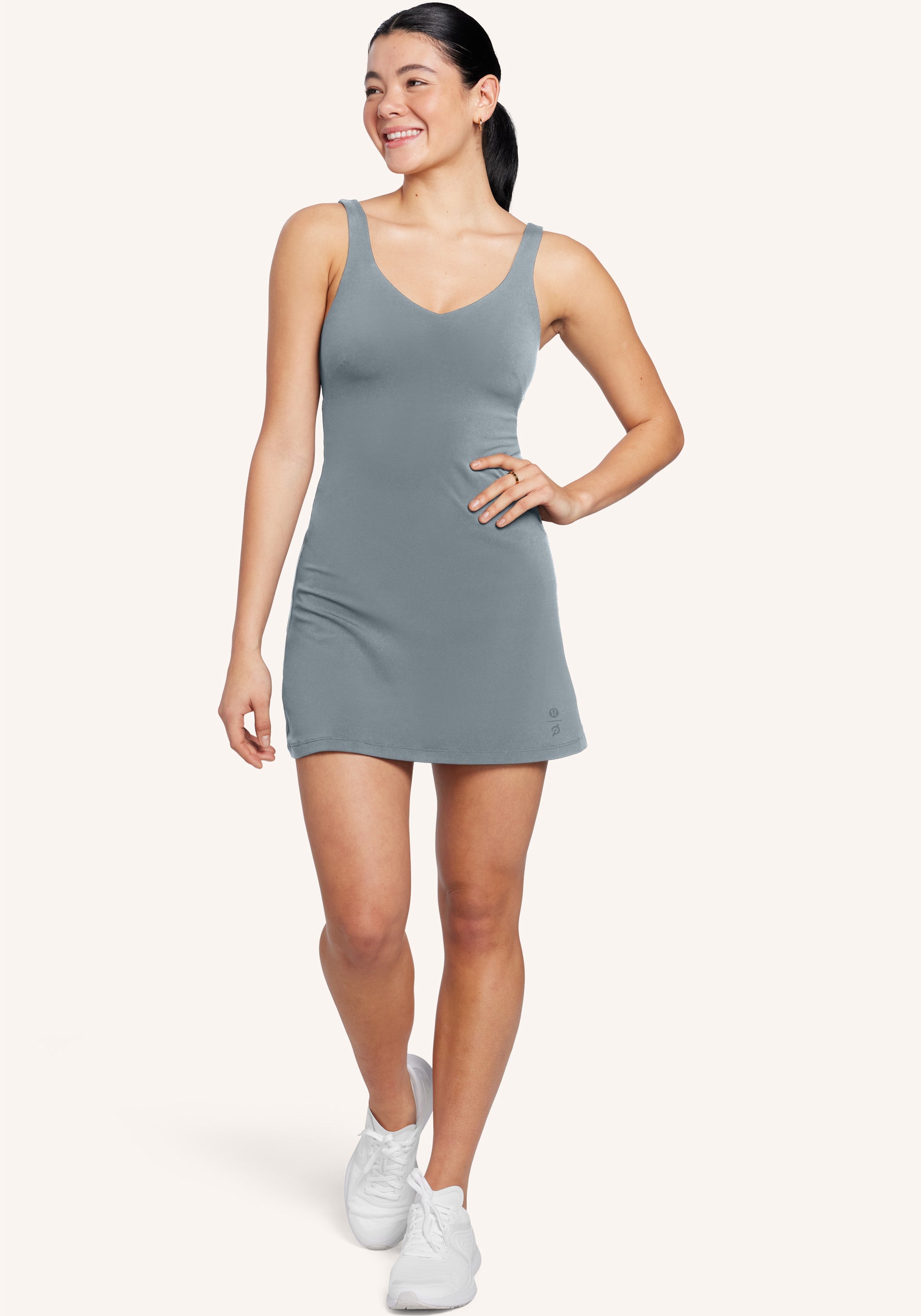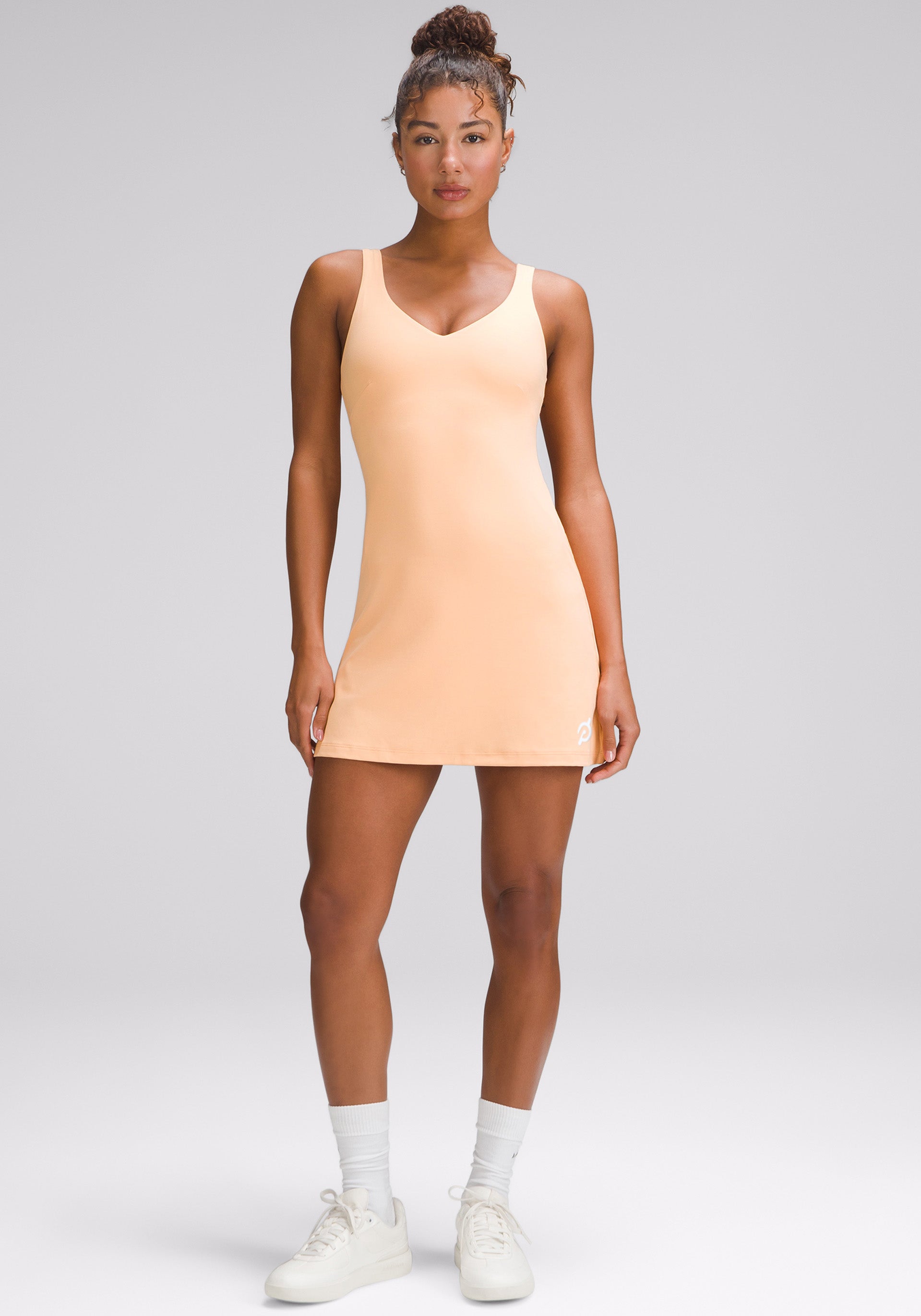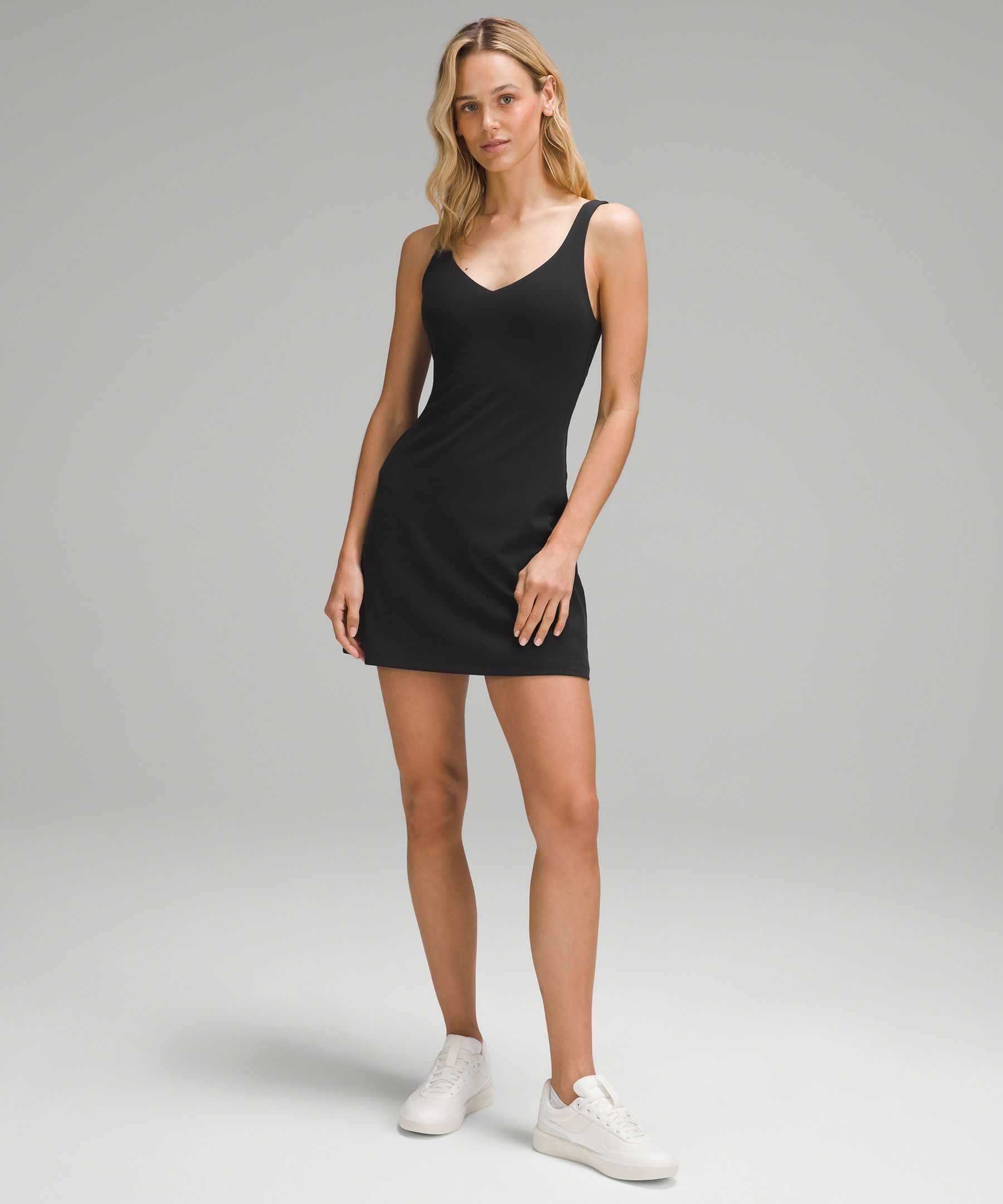Effortless Elegance: The Ultimate Guide to Styling Your lululemon Dress
In the landscape of modern fashion, where versatility meets performance, the lululemon dress emerges not merely as a garment but as a statement of intelligent design. It represents a synthesis of athletic functionality and contemporary style, crafted for the individual who navigates seamlessly between a high-intensity workout and a casual brunch. This guide is dedicated to unraveling the potential of this unique piece, moving beyond basic styling tips to explore the foundational principles of its design and the myriad ways it can be integrated into a dynamic wardrobe. The goal is to empower you with knowledge, transforming how you perceive and utilize this cornerstone of active elegance.
The Philosophy of Fabric: Understanding the Science Behind the Comfort
To truly appreciate the lululemon dress, one must first understand the technological marvel of its fabric. Unlike traditional cotton or polyester blends, lululemon typically employs proprietary fabrics like Luon®, Nulu™, and Luxtreme®. These are not arbitrary names but represent specific textile engineering achievements. Luon®, for instance, is celebrated for its cottony-soft feel but with four-way stretch capability, meaning it stretches and recovers both widthwise and lengthwise. This is crucial for unrestricted movement, whether you’re holding a yoga pose or reaching for an overhead compartment. Scientifically, this is achieved through a precise knit structure and the use of high-tenacity yarns that provide durability without sacrificing comfort. Nulu™, famously used in the Align™ collection, is characterized by its buttery-smooth texture. This sensation is the result of a specific brushing technique applied to the fabric’s surface, which raises the fibers to create an ultra-soft hand-feel. From a performance perspective, these fabrics are often engineered with moisture-wicking properties. This involves a capillary action where sweat is pulled from the skin to the fabric’s outer surface, where it can evaporate rapidly. This process, rooted in textile science, helps regulate body temperature and maintain dryness, a feature that transitions effortlessly from the gym to everyday errands. The objective benefit here is a garment that actively works with your body, a principle that elevates the lululemon dress from simple apparel to a functional tool for modern living.
Architectural Silhouettes: How Cut and Design Dictate Versatility
The versatility of a lululemon dress is not a happy accident; it is the direct result of intentional design architecture. Designers at lululemon often approach a dress with the same ergonomic considerations as they would a pair of athletic shorts or a running top. This means incorporating strategic seam placement that follows the body’s natural lines of movement, rather than restricting them. For example, raglan sleeves or set-in sleeves with gussets allow for a greater range of motion in the shoulders and arms, preventing the fabric from pulling or bunching. The hemline is another critical element. A slightly longer length in the back, sometimes referred to as a “tall-friendly” cut, provides additional coverage during forward bends, making it ideal for yoga or Pilates. Conversely, a straight or A-line silhouette offers a clean, polished look that is perfectly appropriate for a professional-casual setting. The genius lies in the balance—these design elements are subtle enough to not scream “workout gear” but are fundamentally present to enhance functionality. This thoughtful construction means that a single lululemon dress can serve multiple purposes, effectively reducing the need for numerous outfit changes throughout a busy day. It is a testament to the principle of “less but better,” where investment in a well-designed piece yields exponential returns in utility and style.

From Studio to Street: A Practical Styling Framework
Let’s translate these principles into actionable style. The true test of the lululemon dress is its chameleon-like ability to adapt to different environments. For a post-workout transition, the foundation is simple: the dress itself. Pair it with a sleek, minimalist crossbody bag to keep your hands free and a pair of clean, white sneakers. The key here is to choose sneakers that are fashion-forward yet comfortable, like a classic leather trainer. This combination maintains an athletic undertone while appearing deliberately styled. To pivot towards a casual lunch or coffee meeting, layering becomes your most powerful tool. Drape a long-line, neutral-colored cardigan or an unstructured blazer over the dress. The contrast between the technical fabric of the dress and the soft, traditional textile of the topper creates a compelling visual tension that reads as sophisticated and effortless. Footwear can be elevated to leather sandals or fashionable flats. For accessories, swap the sporty watch for delicate gold or silver jewelry. The objective is to introduce elements that signal “leisure” rather than “exercise,” allowing the dress to recontextualize itself within the outfit. As style expert and author of “The Curated Closet,” Anuschka Rees, once noted, “Versatile pieces are those that share a common design language with other items in your wardrobe, creating a cohesive system rather than a collection of isolated outfits.” The lululemon dress, with its clean lines and neutral color palettes, is a master of this language.
Color Psychology and Seasonal Adaptation
The color of your dress is not merely an aesthetic choice; it plays a significant role in its perceived versatility and your own confidence. Lululemon often releases its dresses in a spectrum ranging from earthy neutrals (black, navy, olive) to vibrant, energetic hues (pink, blue, yellow). Understanding the basics of color psychology can guide your selection. A black or navy dress is a wardrobe staple for its slimming effect and unparalleled versatility; it serves as a blank canvas for any accessory or layer. Conversely, a bright color can elevate your mood and make a bold statement, perfect for a weekend outing. Seasonal adaptation is equally important. In warmer months, the dress can stand alone, its moisture-wicking properties keeping you cool. As temperatures drop, it becomes an excellent base layer. Try wearing it under a chunky knit sweater, allowing the dress’s hem to peek out as a skirt, paired with tights and ankle boots. This approach maximizes the garment’s utility throughout the year, ensuring it remains a relevant and frequently worn piece in your closet, thus offering exceptional value for its price, especially when acquired during seasonal sales or through special promotions.

Investment Dressing: Calculating Cost-Per-Wear and Long-Term Value
While the initial price point of a lululemon dress may be higher than that of a fast-fashion alternative, its true value is revealed through the lens of cost-per-wear. This is a fundamental concept in sustainable and intelligent fashion consumption. Cost-per-wear is calculated by dividing the price of the garment by the number of times you wear it. A $128 dress worn twice a week for a year has a cost-per-wear of just over $1.20. When you consider that a cheaper, poorly constructed dress might be worn only a handful of times before losing its shape or appeal, its actual cost-per-wear could be much higher. The investment in a lululemon dress is an investment in quality materials, durable construction, and timeless design that resists fleeting trends. The brand’s reputation for longevity is well-documented; their garments are designed to withstand repeated washing and wearing without significant degradation. This durability, combined with the dress’s inherent versatility, ensures it becomes a long-term staple. Furthermore, keeping an eye on lululemon’s “We Made Too Much” section or end-of-season sales can provide access to these high-quality pieces at a discounted price, making the initial investment even more accessible and justifiable.
The journey with a lululemon dress is one of discovering synergy between form and function. It challenges the outdated boundaries that separate activewear from daily wear, offering a solution that is as pragmatic as it is polished. By understanding the science of its fabric, the intelligence of its design, and the strategies for its styling, you unlock a garment capable of supporting a fluid, active, and stylish life. It is less about following rules and more about embracing a tool designed for modern elegance.








